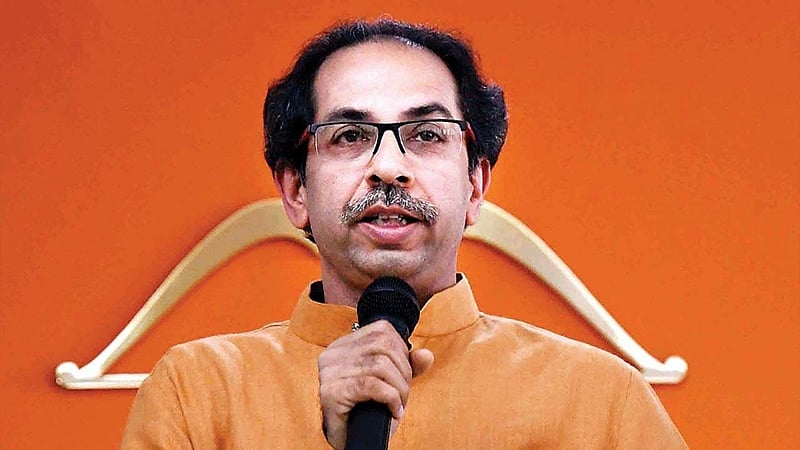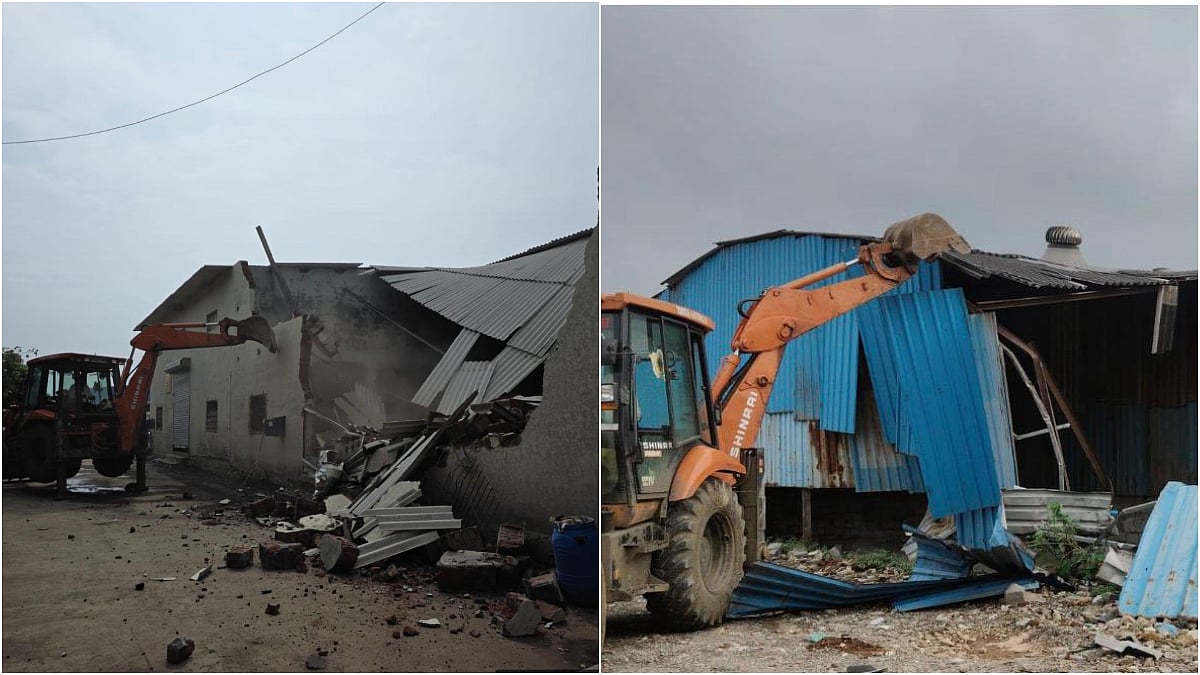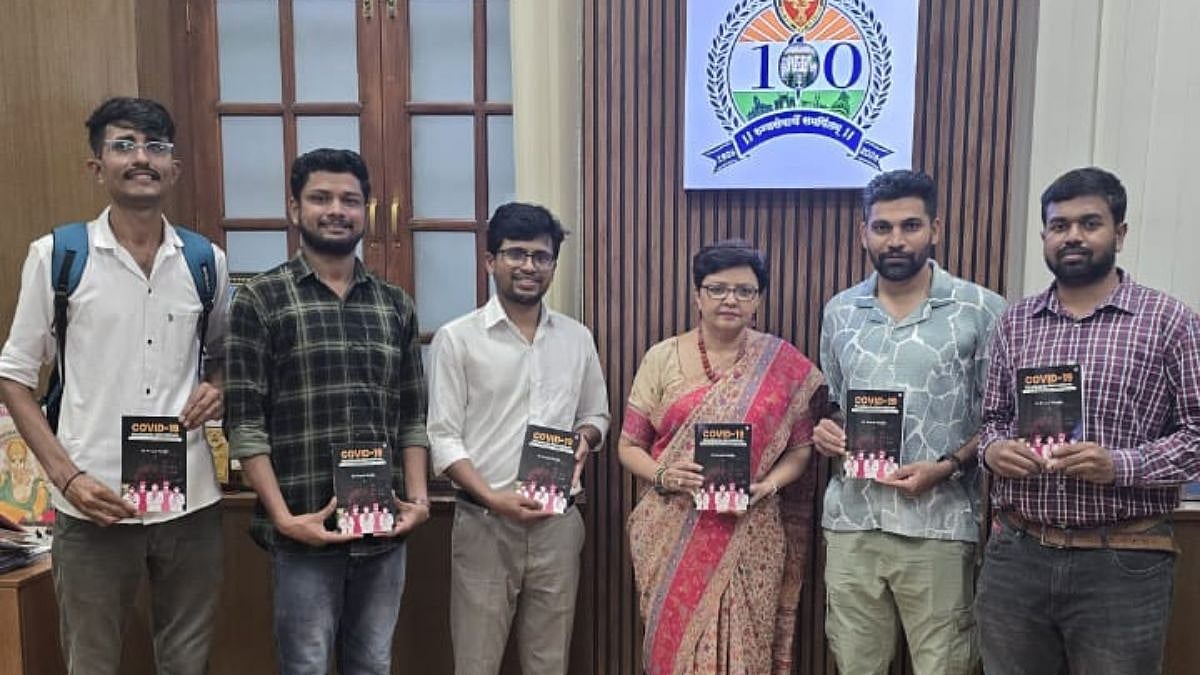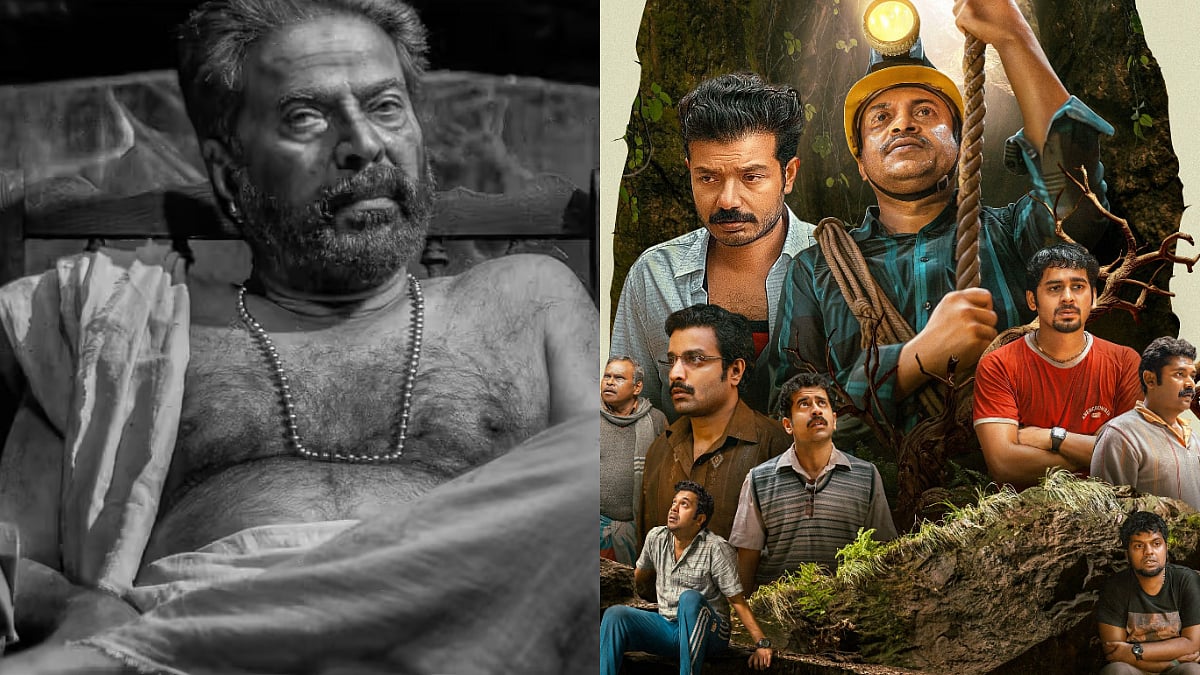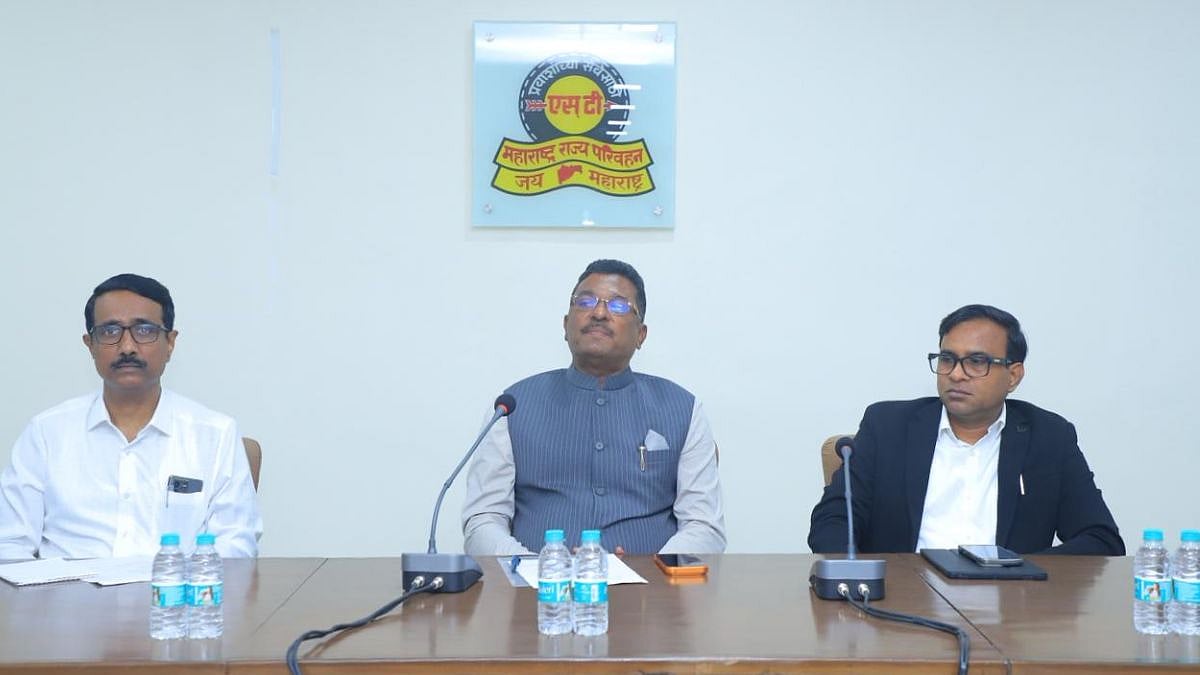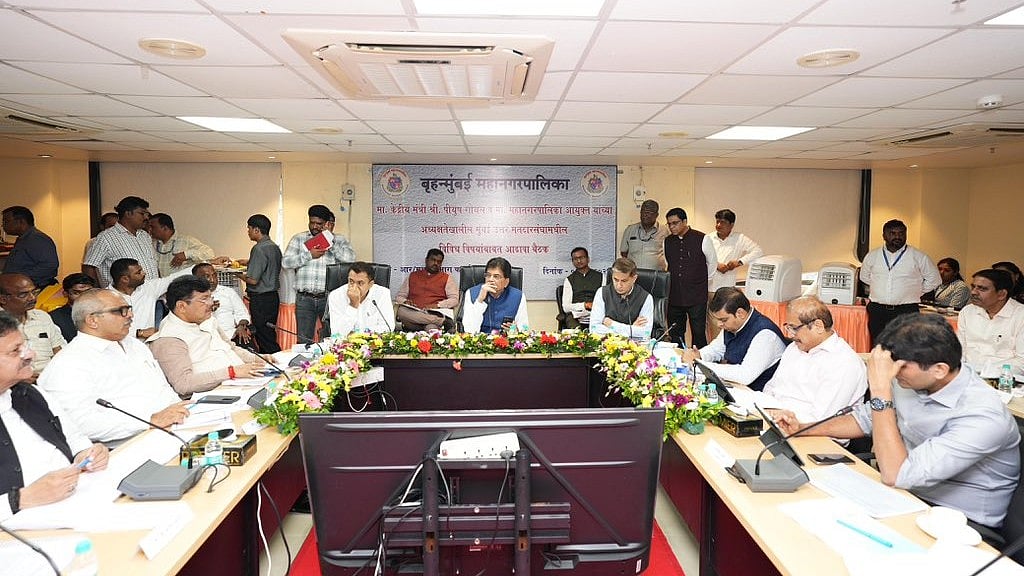Those are my principles and if you don’t like them, well I have others,” is a famous quote by the American comedian and television star, Groucho Marx.
Considering the style of realpolitik practised in India, it is not surprising that most political parties have few inhibitions in their single-minded quest to gain power.
Hence, when many political pundits express surprise at the chances of the Shiv Sena joining hands with the Congress and the Nationalist Congress Party (NCP) to gain power, one must realise that the party has performed several such somersaults in the past.
The Sena has had a deep association with the Congress and also owes part of its growth to the political moves made by the NCP chief, Sharad Pawar.
In October 1966, when the Shiv Sena held its first public meeting at Shivaji Park, one of the dignitaries on the dais was the Congress leader, late Ramrao Adik.
Sena’s opponents have accused it of acting at the behest of the Congress to break the grip of the Communist party on Mumbai’s working class. This association earned the Sena the moniker of ‘Vasant Sena’ or the army of then Chief Minister Vasantrao Naik.
In 1968, the Sena fought its first election in the Mumbai civic body, in an alliance with the erstwhile Praja Socialist Party (PSP).
In 1972, the Sena allied with the Republican Party of India (RPI) faction controlled by late R S Gavai. Later, the Sena crossed swords with the Buddhist Dalits, who form the backbone of the RPI’s social and political base.
In fact, the Dalit Panthers, which drew inspiration from the Black Panthers in America, was seen as the only force capable of standing up to the Sena in its use of raw muscle power on Mumbai’s streets. But, in another irony, former Panthers like Namdev Dhasal, Ramdas Athavale, and Arjun Dangle, joined the Sena later.
Though the founder of Sena, late Bal Thackeray donned saffron robes in the late 1980s, formalising the party's official shift to Hindutva, the Sena is said to have taken help from the Muslim League to elect its nominee Sudhir Joshi as the mayor of Mumbai in 1972.
Later, the Sena also formed a short-lived alliance with the Muslim League and back then, Thackeray addressed a rally with the Muslim League president and fellow firebrand GM Banatwala at Mastan Talao in Nagpada.
Unlike the BJP and the Sangh Parivar or even the Socialists and Communists, the Sena, is not constrained by any hide-bound affiliation to an ideology.
The Sena supported the former prime minister, late Indira Gandhi’s decision to declare an internal an Emergency in 1975. In 1980, Thackeray supported then CM Barrister Abdul Rehman Antulay, in his bid to contest from Shrivardhan in Raigad in the Assembly poll.
However, the Shiv Sena-Congress relationship begin to fray in the mid-1980s and finally broke off over a host of issues including the deadlock over the strike called by the predominant Maharashtrian textile mill workers in Mumbai.
The decade of the 1980s was a watershed for the Shiv Sena. In 1984, the party allied with the Bharatiya Janata Party (BJP), but the alliance was swept away by the Congress in the wake of Indira Gandhi’s assassination.
In 1986, Sharad Pawar merged his Congress (S) with the Congress. But, Pawar’s decision did not go down well with his cadre, especially in regions like Marathwada, who chose to jump ship to the Sena.
In 1987, the Sena which had only one legislator in the state assembly (Chhagan Bhujbal) secured a major political opening after Dr Ramesh Prabhoo trounced Pranlal Vora of the Janata Dal in the byelection from Vile Parle. Thackeray had openly used Hindutva to mobilise voters which marked Sena’s formal shift to Hindutva ideology.
Late Pramod Mahajan, BJP’s political strategist then formalised a tie-up with Sena in 1989. This bitter-sweet alliance continued till 2014, when the BJP pulled the plug on it to emerge as the big brother of the Sena in Maharashtra. In the interim, a section within the Sena tried unsuccessfully to strike an understanding with political rival NCP for the 2009 Lok Sabha election.
Can the Sena manage these contradictions now? The answer may lie in the party’s lack of ideological underpinnings. Speaking at a state-level convention of the Sena in 1984, Communist polymath Shripad Amrut Dange, had said, the Sena’s weak-point was, it lacked a theory. He noted that it was impossible for an organisation to survive sans one.
It is perhaps to the credit of the Sena it has managed to convert its weakness into its biggest strength, today.
—The writer is a journalist and author of the book ‘The Cousins Thackeray: Uddhav, Raj and the shadow of their Senas’)
